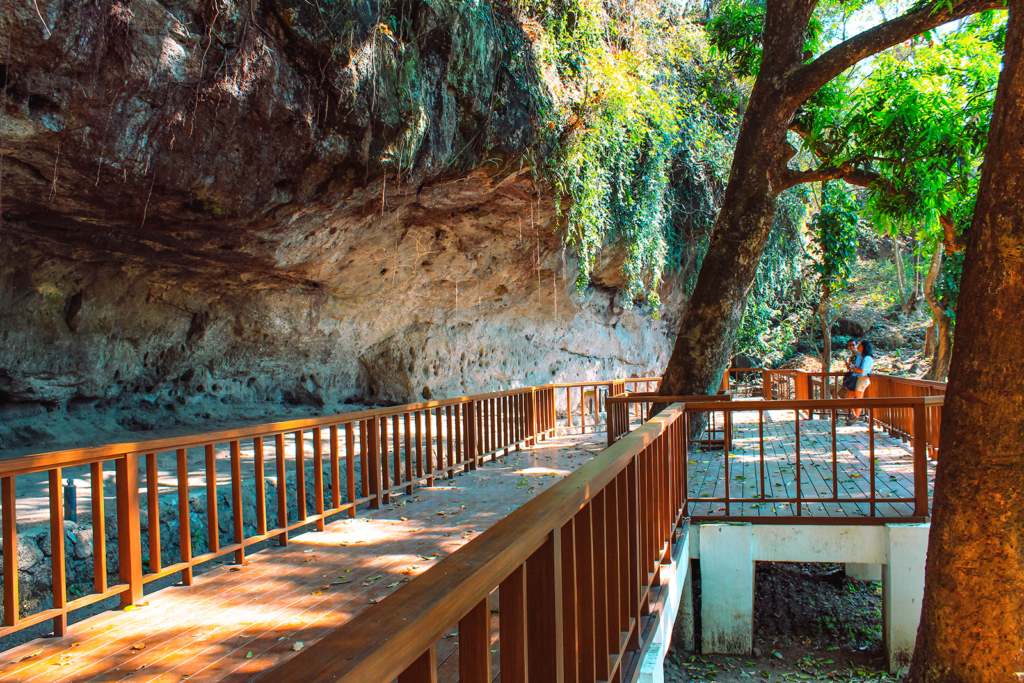Angono Petroglyphs: Uncovering the Philippines’ Ancient Rock Art
The Angono Petroglyphs in the Philippines are some of the oldest known artworks in the world. Located in the province of Rizal, about 30km southeast of Manila, the petroglyphs are believed to have been created by the indigenous people of the area more than 3,000 years ago. The petroglyphs, which are carved or painted symbols on rocks, depict various scenes of everyday life, including hunting, fishing, and farming.
For centuries, the Angono Petroglyphs have been a source of fascination for archaeologists, historians, and travelers alike. The petroglyphs provide an insight into the culture and beliefs of the people who lived in the area thousands of years ago. With their fascinating stories and ancient artwork, the Angono Petroglyphs are an important part of the Philippines’ cultural heritage.
What Are the Angono Petroglyphs?
The Angono Petroglyphs are a group of ancient rock carvings located in the Angono-Binangonan Petroglyphs Archaeological Site in the province of Rizal. The petroglyphs were discovered in 1965 by the National Museum of the Philippines. The site is believed to be the oldest known work of art in the Philippines, dating back to the late Neolithic Period (around 3,000 to 4,000 years ago).
The petroglyphs depict various scenes of everyday life, including hunting, fishing, and farming. The most popular image is the “Tadpole Writing”, which is believed to be a form of ancient writing. The petroglyphs also feature figures of human-like creatures, animals, and plants.
What Is the Significance of the Angono Petroglyphs?
The Angono Petroglyphs are an important part of the Philippines’ cultural heritage. The petroglyphs provide an insight into the beliefs and practices of the ancient people who lived in the area. The petroglyphs are also an important archaeological resource, as they can help archaeologists to understand the culture and history of the region.
The Angono Petroglyphs have been declared a National Cultural Treasure by the Philippine government, and are protected under the National Heritage Act. The site is managed by the National Museum of the Philippines and is open to visitors.
Visiting the Angono Petroglyphs
The Angono-Binangonan Petroglyphs Archaeological Site is open to visitors from 8am to 4pm Monday to Saturday. Entrance to the site is free. Visitors are advised to bring water and snacks, as there are no facilities at the site.
The site can be accessed by public transport from Manila. From Manila, take a bus to Balagtas in Rizal, then take a tricycle to the site. Alternatively, visitors can hire a private car or van from Manila.
Conclusion
The Angono Petroglyphs are a unique and fascinating part of the Philippines’ cultural heritage. Located in the province of Rizal, the petroglyphs are believed to have been created by the indigenous people of the area more than 3,000 years ago. The petroglyphs provide an insight into the beliefs and practices of the ancient people who lived in the area, and are an important archaeological resource. The Angono Petroglyphs have been declared a National Cultural Treasure, and

